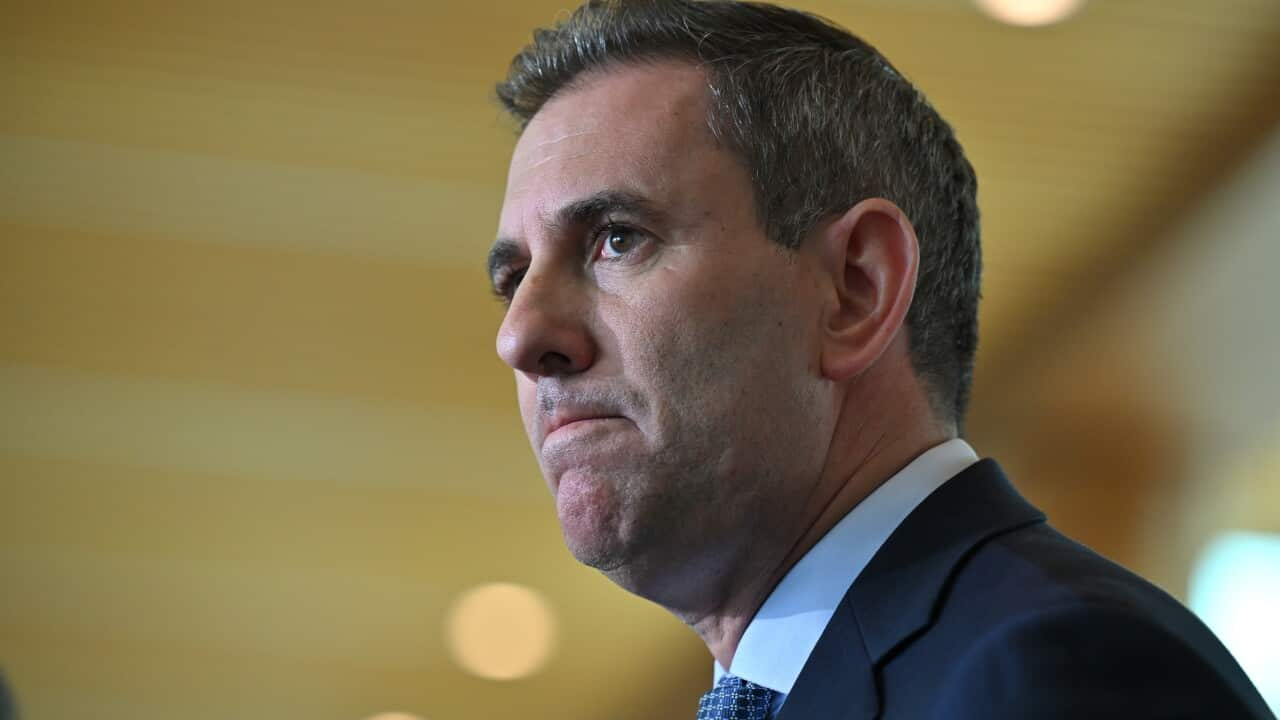TRANSCRIPT
Submerged bridges.
Broken homes.
Majhera village was one of several across Uttarakhand state, devastated by flash floods and landslides during the recent monsoon season.
Several homes were destroyed and four people killed.
Reena Dewi is now a widow.
Her husband, a construction labourer, died during the flood.
“We used to live in a rented room. When the water came, we ran towards it, in that direction. My husband came here to see what was happening, and he didn’t return. The mountain came down and he was buried here.”
This year has seen a range of extreme weather events in India, impacting communities across the country.
Delivering the government’s national statement at the COP30 Leaders’ Summit, India’s representative Dinesh Bhatia reaffirmed that developed countries should pay more to offset the damage of climate change.
“Developed countries that have disproportionately appropriated the global carbon budget, must accelerate emissions reductions and deliver the promised adequate and predictable support. / Equitable, predictable and concessional climate finance remains the cornerstone for achieving global climate goals.”
Host nation Brazil will present to COP 30 the Baku to Belem roadmap, designed to scale up the current climate financing target under the “new collective quantified goal”, from $450 billion annually to AU$2 trillion by 2035.
But while developing countries and the United Nations say richer nations should do more, experts say there are hard negotiations ahead.
Fiona Ryan is a climate policy analyst. She says the withdrawal of the United States from the Paris climate agreement and increasing military budgets in Europe will impact spending on climate adaptation.
“They’re saying no more money. And they’ve all got the same position. I found that during the NCQG, I couldn't believe how similar their positions were. They might've used different words in their submissions, but they were all the same thing, basically. No more money, no discussion of definitions, no discussions about what actually climate change is, no expression to make that it's new and additional. They basically kept that and it seemed to have worked for them in the final analysis. We will see if with the 1.3, if that can be used to get more support from developed countries is kind of an open question whether that will be the case in my mind. / Extra funding, it's going to be hard without the US. Plus the Europeans are kind of, there's a war in Europe affecting their energy supplies. They've got economic problems, and the UK has announced that it's reducing its foreign aid. So that's where most of the climate finance for the 300 billion goal comes from, and to pay for increased military expenditure. So these issues are all sort of making it all look harder.”
Delegates at the COP summit will negotiate a range of outstanding issues, including who should contribute and what should be counted as climate finance.
While India ranks third globally in terms of total emissions behind China and the United States, It is seeking to establish itself as a global climate leader.
It's setting a net zero emissions target by 2070, and this year reaching 50 per cent of its installed electricity capacity from non-fossil fuel sources.
And while it has a bold international agenda, the government is facing questions about its own priorities at home.
The damage from this year’s monsoon season in Uttarakhand state alone is estimated to be at least AU$550 million, around double what India’s national government approved for disaster management in the state.
Unregulated urbanisation continues to be a problem, with homes built in increasingly volatile regions.
With nowhere else to go, it’s the poorest who suffer the consequences.
Two months since a flood killed her husband and destroyed her home, Reena is forced to live with her children in a small classroom at the local village school.
Her son Gautam says they’re living day to day.
“My schoolteacher has helped us. There’s a village school here, a lady there helped us. She gave us eighty dollars.”
For communities like these, the gathering of world leaders seems a world away.













